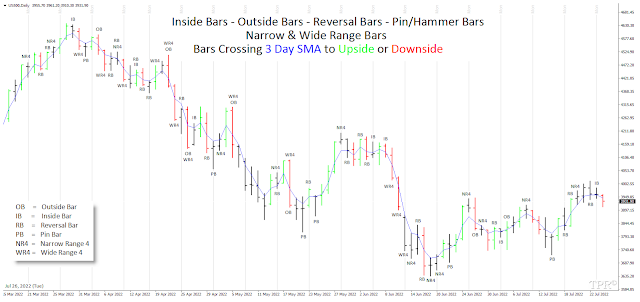Man needs money, and cannot exist without it. The diabolic magic of money is here clearly visible. It has helped mankind to make immense strides in economic development, and has, at the same time, enslaved him. Regression to a money-less condition, or the modern method of exchange by means of money — any kind of money, but still money — these are the alternatives. Money plays the role of the sorcerer's apprentice, created to serve a master who cannot now rid himself of his indispensable sprite. It is the master now.
Hjalmar Schacht (1877–1970), President of the Reichsbank.
[...] Modern paper money, the banknote, is backed by its creator, the State. It is true that John Law, the inventor of paper money, recommended a kind of cover based on landed property, but Law, too, saw that the principal security for paper money lay in confidence in the government, which has legal control over all kinds of things which would provide security. The failure which put an end to Law's measures was not so much caused by a paper money inflation as by a collapse of speculative activity in the shares of the overseas enterprises he had founded. The value of his paper money was not based on these public companies, but only on their relationship with the state. Law rightly recognised that money, if it does not consist of tangible metal, is purely an internal affair of the national state. This remains true today.
For this reason, there is no such thing as international currency. It is unlikely that it will ever come into being. International money would have to be granted the status of legal tender in all countries in which it circulates. In all these countries, it would have to be possible to settle every state and private obligation in this currency. Any institution controlling this currency, irrespective of whether it is a bank or a government department, would dominate the world — an unthinkable situation. Currency is the most nationalistic factor in political life. Every central bank responsible for issuing it is dependent on the government of the country by whose laws it was instituted, and which makes its notes legal tender in the country's home territory.
The granting of credit is unthinkable without a central bank. No central bank can be allowed to act against the government of the country. The government is over the central bank, and influences its policies. It is thus also in a position to inflate the currency by taking up too much credit with the central bank. No international central bank could countenance such a situation. It cannot permit one of the governments with which it is associated to misuse its facilities unless every other government is in agreement. This, however, is a condition which cannot be reconciled with the fight of all against all in time of economic difficulty. No state will surrender so much of its sovereignty that its partners or competitors are given the power to prescribe its economic and financial policies. Standing over and above central bank and government, both of which are led and administered by changing personalities, there is a higher, impersonal, and substantially necessary law: the stability, the constancy of value, of money. This higher law has, in the past, granted the central banks an autonomous, independent position. Governments change, and can pursue good or bad currency and credit policies, according to whether or not it is to the advantage of the party in power.
"Dr. Schacht, you should come to America. We’ve lots of money and that’s real banking".
Schacht replied, "You should come to Berlin. We don’t have money. That’s real banking".
Hjalmar Schacht in an Allied internment camp, 1945.
[...] Even if common currency is regarded and desired as the crowning achievement of the European Common Market, it would be wrong to leave the relationship between the government and the central bank out of account. […] The closer the economic ties between various countries, the easier will it become to reach agreement on currency policies. Whether these will ultimately lead to a unitary currency will always depend on the extent to which the participants are prepared to surrender their sovereignty. Here, in fact, is the Common Market's chief problem.


,%20President%20of%20the%20Reichsbank.jpg)





,%20Silver.jpg)




























